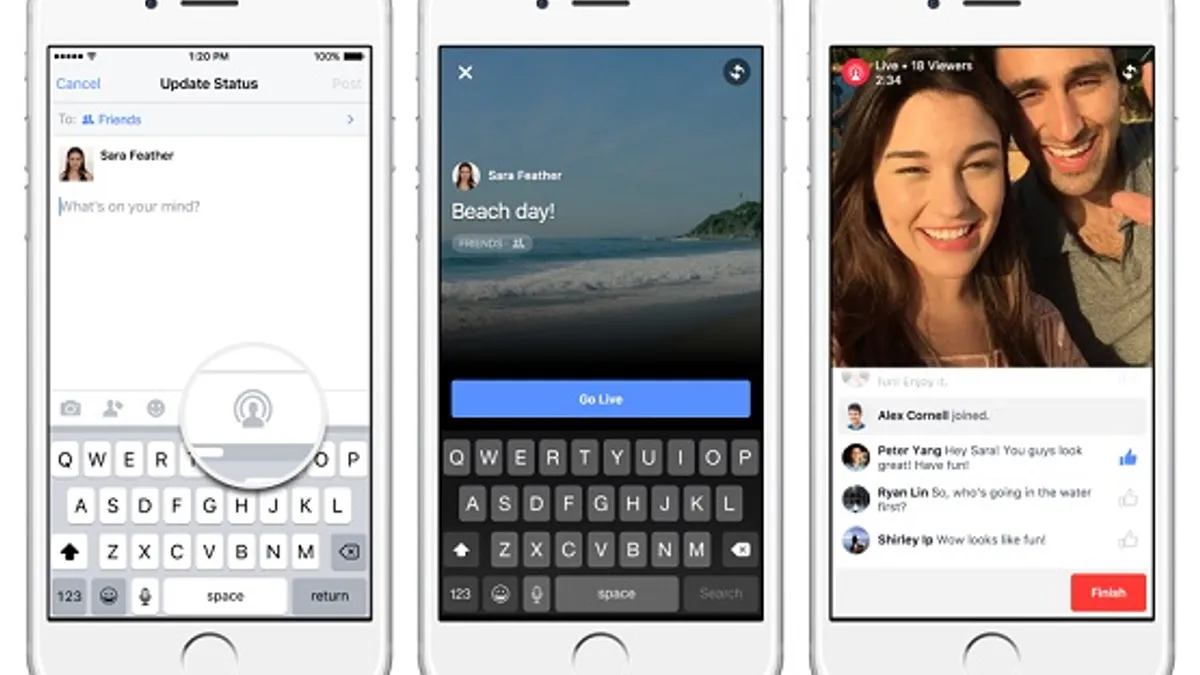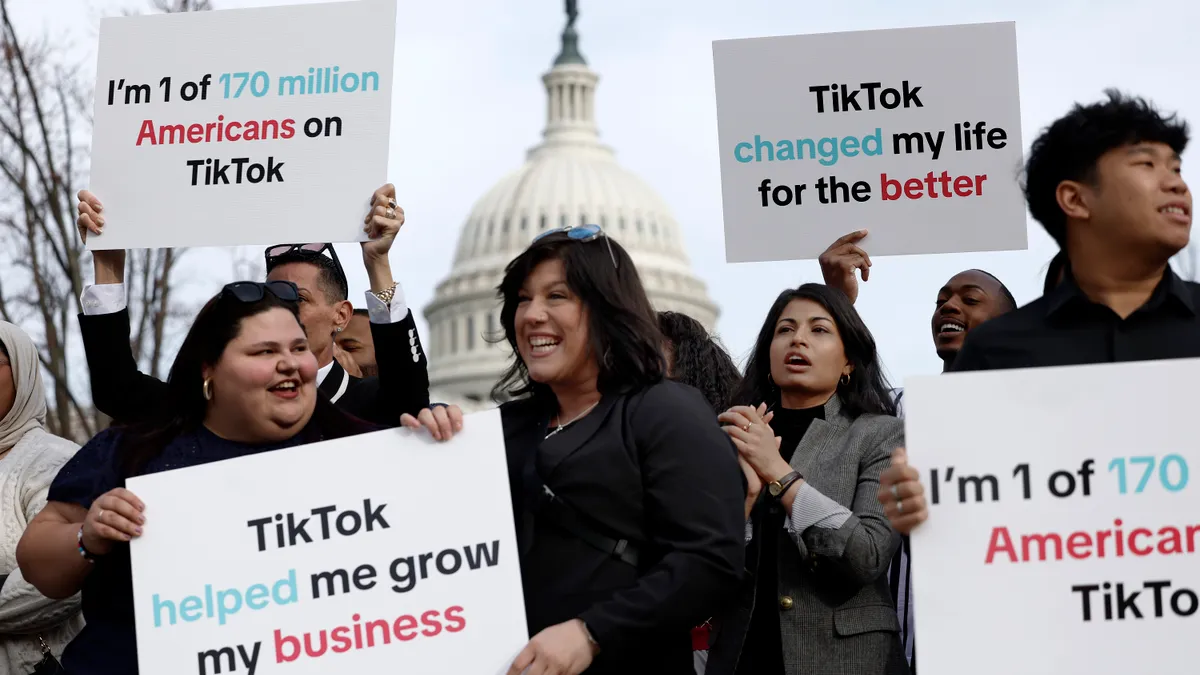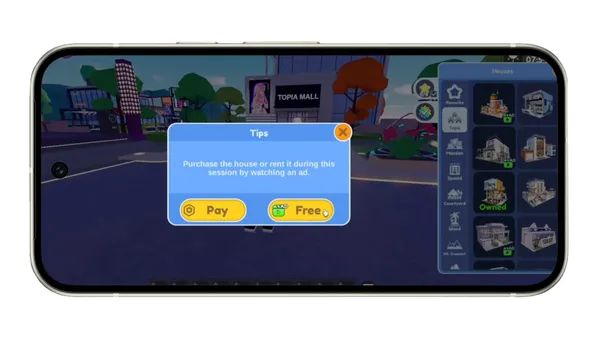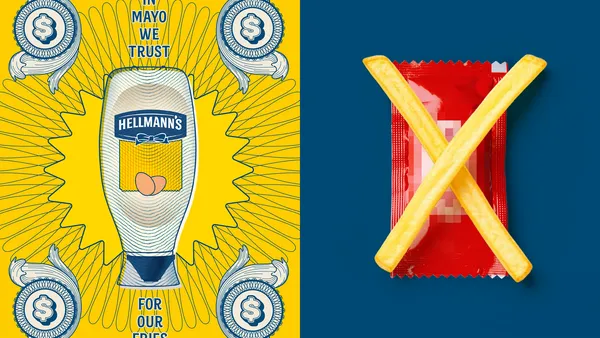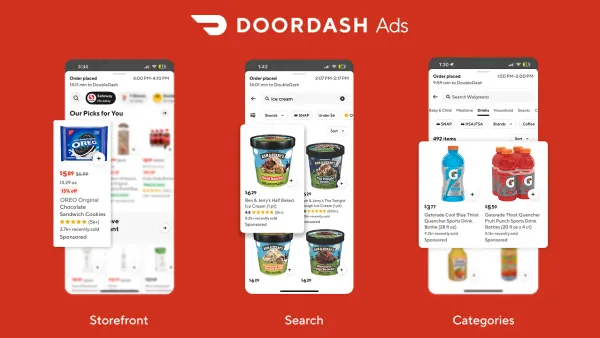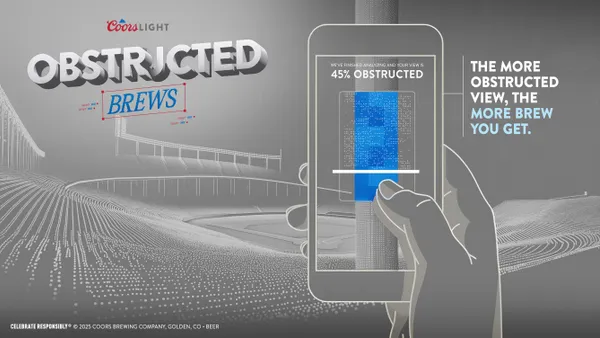From the rapid prominence of Facebook Live, to the NFL turning to Twitter to give online viewers access to live football, live streaming video is one of new darlings marketing.
Video overall has become a major part of the social media user experience. Facebook and Snapchat both have reported delivering more than eight billion video views each day. Live streaming video became part of that ecosystem in 2015 when Meerkat launched at South by Southwest. Soon after Twitter acquired Meerkat-competitor Periscope, and now, Facebook has launched Facebook Live, giving the feature a prominent spot in its F8 conference.
But the recent really big news about live streaming video transcended marketing – after testing live streaming one game on Yahoo! this past season, the NFL announced a $10 million deal with Twitter to live stream 10 Thursday Night Football games next season. The move is part of the NFL’s larger strategy about offering games online and positioning Twitter as something of a leader in the mainstreaming of live streaming video.
Gareth Capon, CEO of Grabyo, a social video production and publishing firm, told Marketing Dive that 2016 has seen these services quickly evolve from a focus on mobile live-streaming to professional grade live video. He pointed to Twitter’s deal with the NFL and Facebook Live’s rollout of studio-quality live-streaming as evidence of video's rapid rise.
“This is a significant moment in the online video market,” he said. “Social platforms have moved from being the second screen for television to being the destination for live video consumption; 2016 may be regarded in the future as the year that TV changed forever.”
Social platforms are motivated to build a viewing experience that can attract marketing dollars currently going to broadcast TV, and live-streaming video fits that bill.
"For many years TV has dominated mainstream media consumption and this suggests that live video on social platforms is here to stay," he said.
Facebook Live is going front and center
Facebook announced early last month that live video was going to receive priority in users’ news feeds. The Menlo Park, Calif.-based company said in a blog post that Live Videos are considered a new content type, differentiated from normal video, and the algorithm update makes the format more likely to appear higher in news feeds.
Another move that illustrated the value Facebook places on Facebook Live is the recent announcement it will get prime real estate on the mobile app, taking over the spot previously occupied by Messenger.
Capon said Facebook Live offers marketers new opportunities to tap into live video for content and sponsorships. One reason why marketers might be interested in Facebook Live, he said, is that the format is getting ten times higher engagement than other video formats on the platform.
"Facebook announced last week that it was updating its policy with regards to branded video meaning content owners can ‘tag’ brands in sponsored video posts enabling the brands to track metrics and video performance," he added. "This sponsorship opportunity will be extended to live video enabling brands to have a direct affiliation with live streaming on the platform."
How marketers will take advantage of Facebook Live is still to be seen, but Capon provided an example of a Grabyo campaign with Puma and the Arsenal football club from last year where video clips from a live event at the Emirates Stadium were used to promote the launch of the new Arsenal uniform.
"The clips were shared via the club’s page on Facebook and by [soccer star] Thierry Henry," Capon explained. “In future the entire event could be live streamed to the Arsenal page on Facebook and could even be streamed in parallel via Thierry’s page to his own fans. The combination of the live stream and the best moments (clips) shared in real time is a compelling experience for brands and enables them to reach a global audience of highly engaged users."
With Live Video, brands will also be able to reduce costs associated with making videos, as they won't have to spend time editing or producing the live streams. What's more, once the live stream is finished, it still exists on a page as a regular video, so if a brand wants to download it, edit it and reuse it, it can.
Looking toward the future of live streaming video, Capon is bullish.
"Live video on social platforms is an important development for users and something which marketers cannot ignore," he said, adding that marketers looking to maximize organic reach for the content and campaigns should embrace the new format, regardless the platform.


